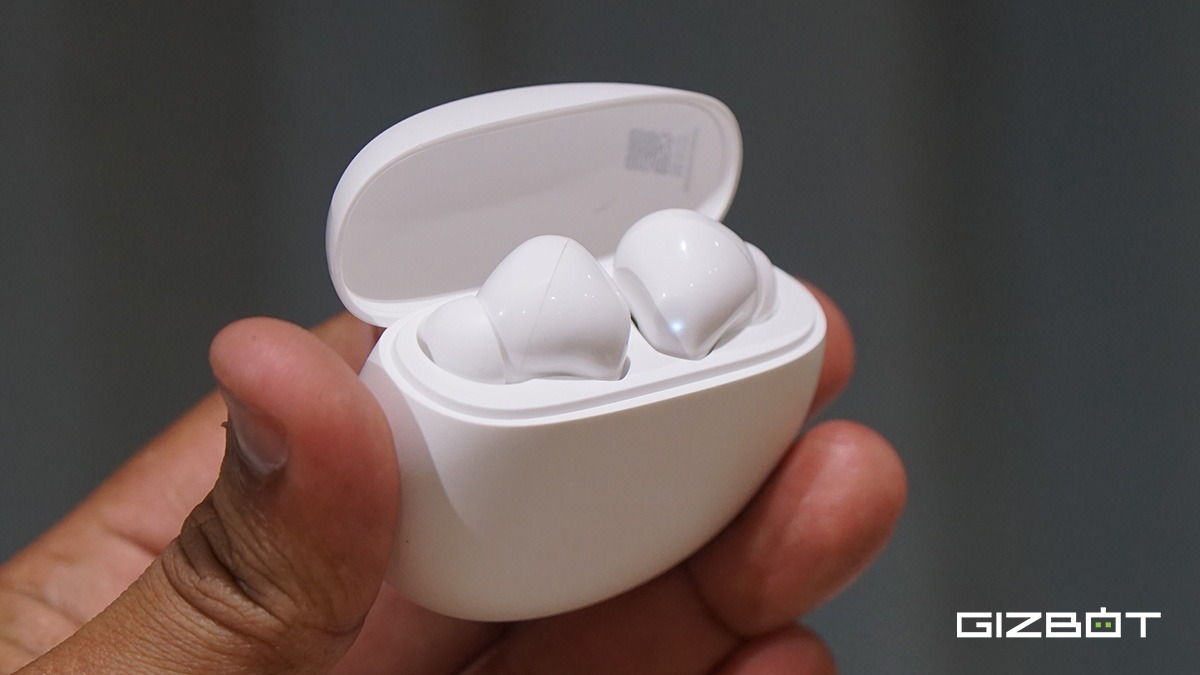Just In
- 9 hrs ago

- 11 hrs ago

- 11 hrs ago

- 11 hrs ago

Don't Miss
- Sports
 Who Won Yesterday's IPL Match 41? SRH vs RCB, IPL 2024 on April 25: Royal Challengers Bangalore End Losing Streak
Who Won Yesterday's IPL Match 41? SRH vs RCB, IPL 2024 on April 25: Royal Challengers Bangalore End Losing Streak - Finance
 Bajaj Group Stock Declares Rs. 60/Share Dividend: Buy Ahead of Record Date On 28 June?
Bajaj Group Stock Declares Rs. 60/Share Dividend: Buy Ahead of Record Date On 28 June? - Movies
 TRP Report Week 16: Anupamaa, Jhanak BEAT Yeh Rishta Kya Kehlata Hai, Ghum Hai. Top 10 Shows List
TRP Report Week 16: Anupamaa, Jhanak BEAT Yeh Rishta Kya Kehlata Hai, Ghum Hai. Top 10 Shows List - News
 MEA Dismisses US Human Rights Report On Manipur As 'Biased And Misinformed'
MEA Dismisses US Human Rights Report On Manipur As 'Biased And Misinformed' - Automobiles
 Royal Enfield Unveils Revolutionary Rentals & Tours Service: Check Out All Details Here
Royal Enfield Unveils Revolutionary Rentals & Tours Service: Check Out All Details Here - Education
 AICTE introduces career portal for 3 million students, offering fully-sponsored trip to Silicon Valley
AICTE introduces career portal for 3 million students, offering fully-sponsored trip to Silicon Valley - Lifestyle
 Heeramandi Screening: Alia Bhatt, Ananya Panday, Rashmika Mandanna And Others Serve Finest Ethnic Style!
Heeramandi Screening: Alia Bhatt, Ananya Panday, Rashmika Mandanna And Others Serve Finest Ethnic Style! - Travel
 Escape to Kalimpong, Gangtok, and Darjeeling with IRCTC's Tour Package; Check Itinerary
Escape to Kalimpong, Gangtok, and Darjeeling with IRCTC's Tour Package; Check Itinerary
10 Must Know Terms to Get the Best Headphones
Every one of us likes to enjoy music, whatever genre it might be. There are a wide range of headphones and earphones available in the market to listen to music on.

While most of us just buy the headphones and plug and play, there's a lot more to what goes into building a headset. Here we explain the 10 most common terms related to the headphone world.

#1
Commonly known as in-ear monitors, these kind of headphones have two speaker modules that fit right into your ear. These are usually the closest to your eardrum and offer the most personalized sound experience. Apart from the sound volume, they also seal out all external noise.

#2
These are the most common kind of headphones and rest right over your head, on top of your ears. They work almost like the in-ear models; except that they don't filter out external noise as effectively. They are definitely much more comfortable as they offer a minimal airflow and even provide you with a decent level of portability.

#3
Also known as circumaural headphones, the over-ear variant is another kind of headphones that have enlarged ear canals and drivers. They offer the best kind of sound experience due to the possibility of fitting in more sound drivers into the device. They offer a decent level of noise isolation and are high on style.

#4
A newer kind of headphones, Open Back models are currently in demand due to their unique way of offering sound performance. With speakers on the inside as well as outside of the ear canal, open back headphones provide you with an illusion of a concert-like experience.

#5
The most important part of the headphone, a driver is the component that makes the much-needed variation in sound. Consisting of a magnet, voice coil and diaphragm, drivers vibrate the coils to produce sound variations. They determine the diameter of the diaphragm and the larger the driver, the better the sound quality.

#6
A relatively new addition to headphone technology, noise cancellation allows for reducing the amount of external noise, preventing it from leaking in to your sound experience. It is made possible by recording ambient noise and creating inverse sound waves to cancel out the unwanted noise. One thing though, it requires uses up a lot of battery, so the effectiveness may vary.

#7
This is a more refined variant of noise cancellation, version 2.0, if you may. It physically blocks out noise, even reducing the minute sounds in your vicinity. With the complex level of tech that goes into this, headphones that have this feature generally have a premium added to their cost. It also doesn't require an external power supply to be effective.

#8
Total Harmonic Distortion or THD is a feature that helps you detect the amount of distortion that will occur at high volumes. As discussed before, headphones create sound by vibrating diaphragm, therefore, the lower the THD, better is the overall sound quality. A lot of the headphones in the market have a THD of 1%.

#9
Frequency response is the range of audio frequencies that the specific headphones can touch, during sound performance. Measured in hertz, the lowest range determines the bass and the highest one determines the treble of the headphones. Most headphones usually have a range similar to an average human's - 20 to 20,000 Hz.

#10
Sound Pressure Level of SPL is another term that measures the potential of the headphones. Basically, they indicate how loud the product will be. SPL is measured in decibels and detects how an electric signal is transmitted into an acoustic one. The average range of SPL on headphones is 85-120 dB SPL/mW.
-
99,999
-
1,29,999
-
69,999
-
41,999
-
64,999
-
99,999
-
29,999
-
63,999
-
39,999
-
1,56,900
-
79,900
-
1,39,900
-
1,29,900
-
65,900
-
1,56,900
-
1,30,990
-
76,990
-
16,499
-
30,700
-
12,999
-
11,999
-
16,026
-
14,248
-
14,466
-
26,634
-
18,800
-
62,425
-
1,15,909
-
93,635
-
75,804












































